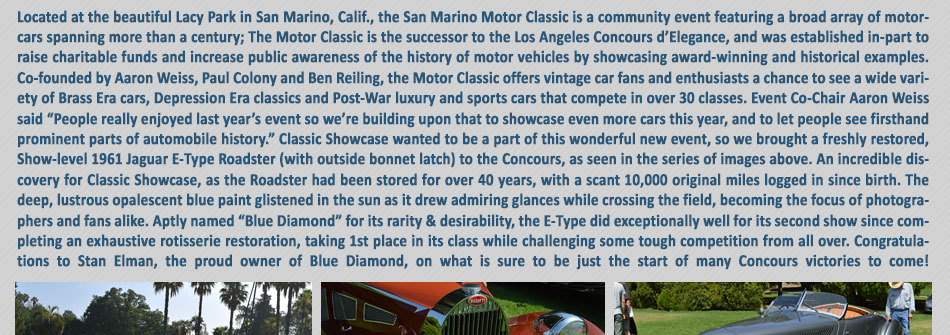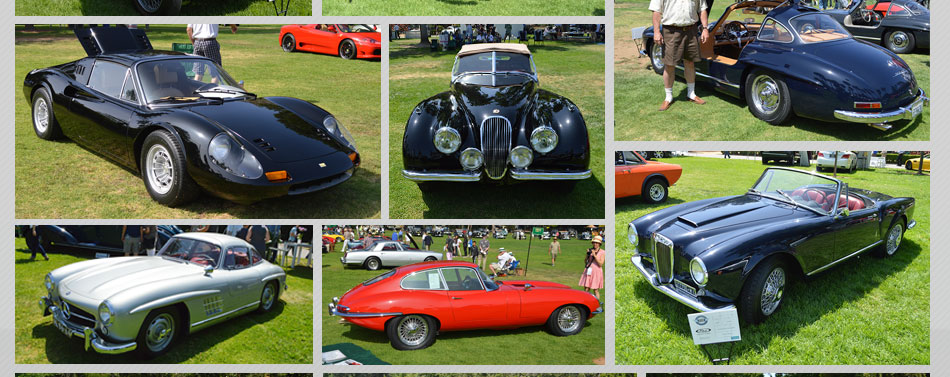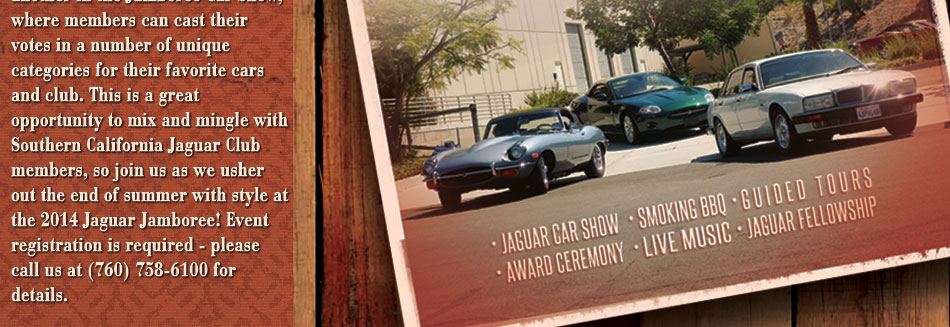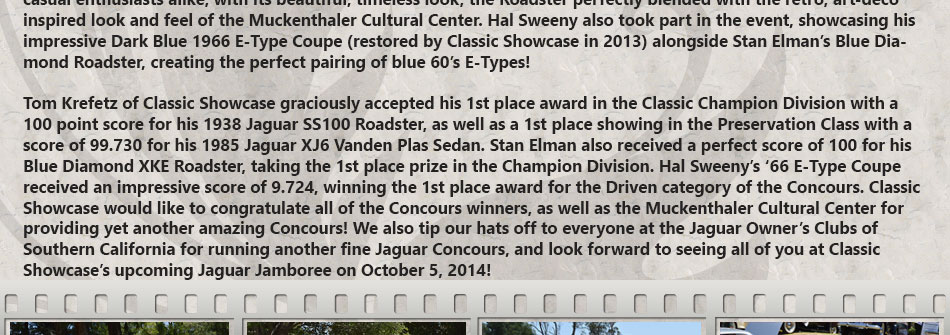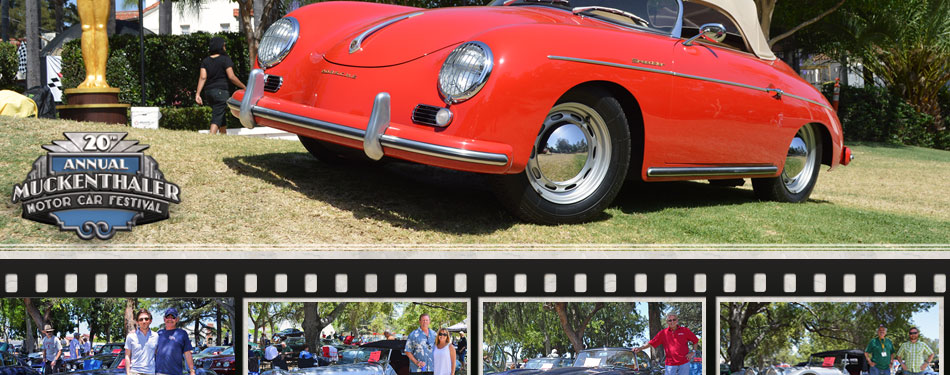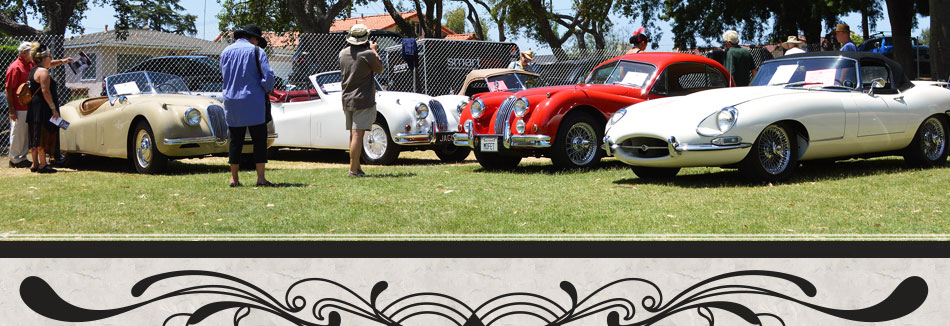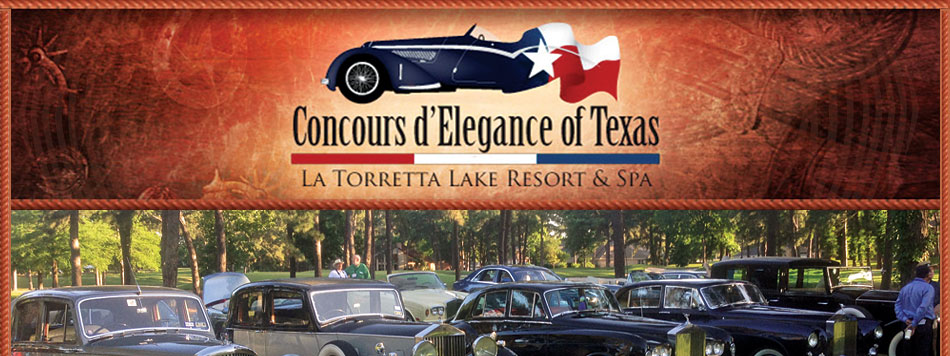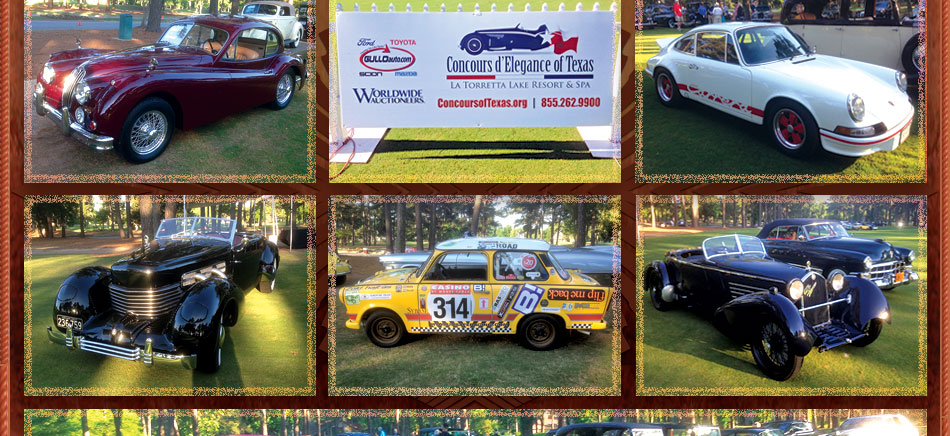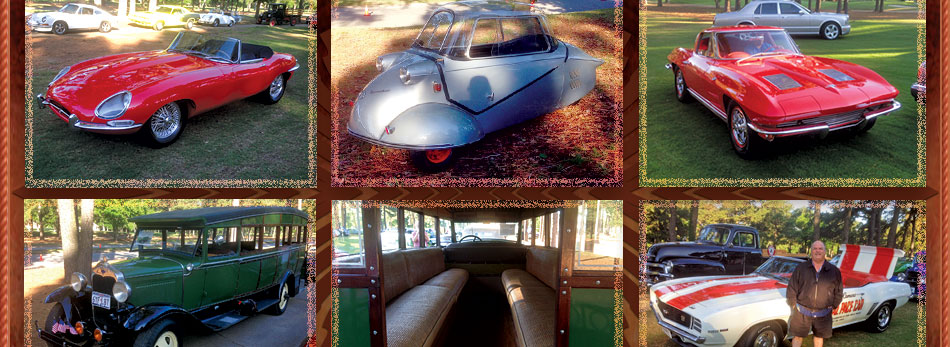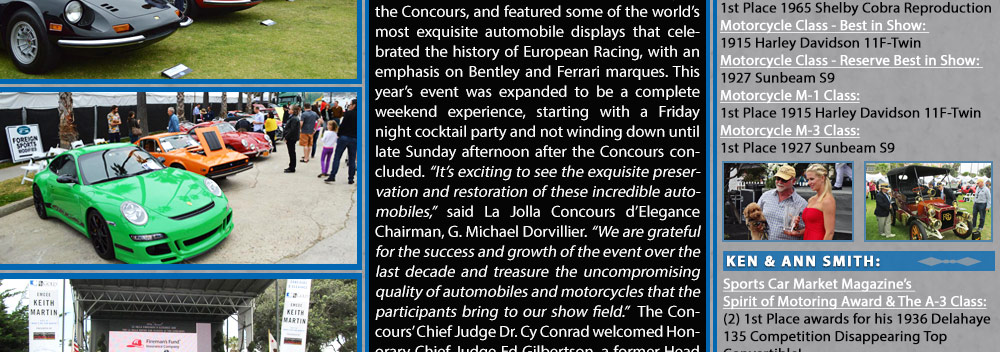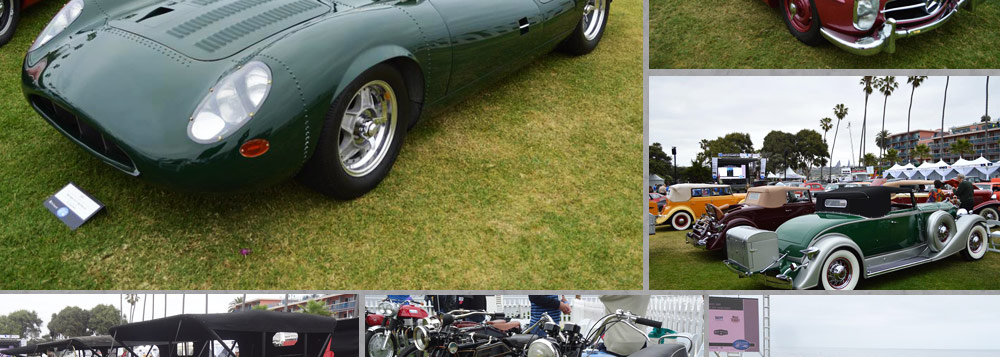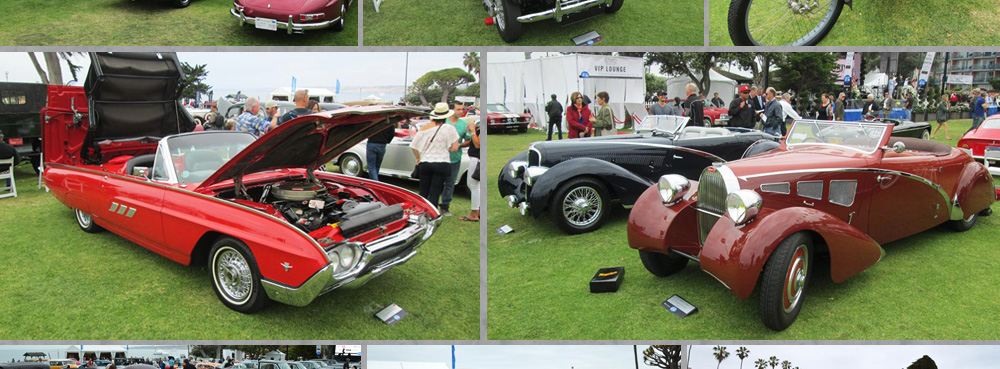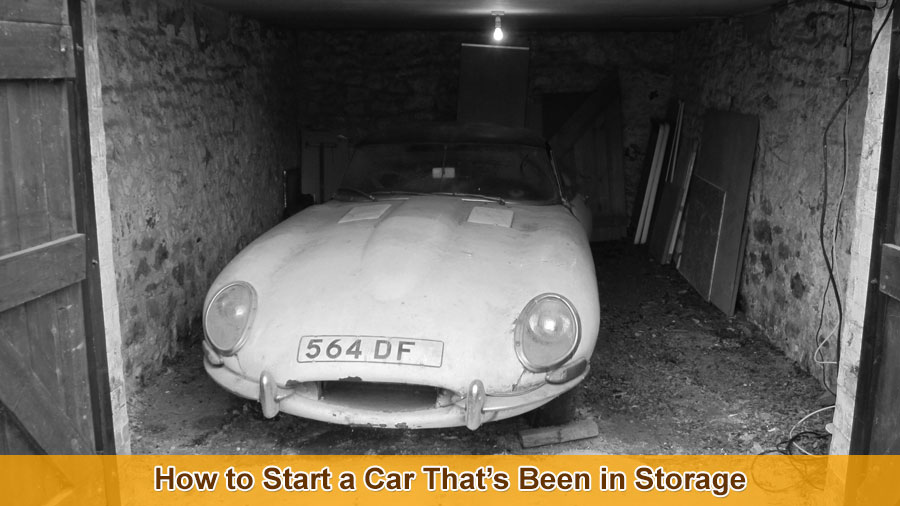




|

|
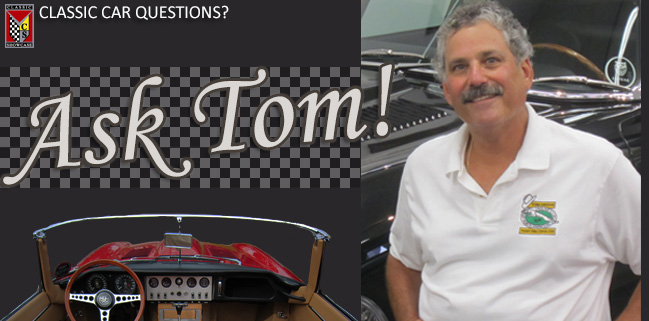 |
|
|

|
1. Cooling is a major concern in any rally car. The radiator needs to be mounted on rubber or polyurethane bushes, enabling enough movement to avoid the radiator shaking itself apart. It also needs protection against clogging caused by simple, unexpected problems such as a swarm of butterflies, as well as damage from stones and mud. 2. Electrics need careful attention. Nothing is worse than trouble-shooting electrical problems in the dark. Waterproofing and sound connections are essential to ensure that you don’t end up with a tangle of loose cables around your feet. It’s also vital to keep out dust and grime. 3. Under-body protection is vital. Wings can be lined to protect bodywork, while all items that could snag on rocky ground (such as spring-hangers) need skid-plates. The sump guard and gearbox are areas that we plan carefully. 4. Gas tanks often need attention. A long-range tank might be beneficial, but will need careful planning. It’s important to consider the weight implications, and mounting needs care, so that nothing vibrates, comes loose and causes problems. Leaks on unions are not helpful. 5. Filters are vital. No rally car will venture far without substantial fuel filters to prevent water and muck entering the engine. Efficient air filters are also a key element. 6. Axles need the optimum ratio and the right bearings. The inside of an axle is rarely inspected, and crews often say: “It was ok on the last event”. But because an axle endures considerable pounding and punishment, it’s a regular culprit in sudden failures, and a very time consuming repair during an event. 7. The steering and suspension need careful planning, with an uncompromisingly high-quality approach focused on durability and efficiency. 8. Brakes can often be upgraded and protected. But it’s important to ensure compliance with the event regulations regarding modifications. Normally, governing bodies such as the FIA and FIVA set these. 9. Ensuring that the car is comfortable, and efficient inside, can make a vast difference for the crew. Installing the most appropriate seating, navigation equipment, interior lighting and other refinements are added comforts for the trip. 10. The engine, transmission, and driveline are the heart of the car. Review all relevant matters with the competing crew, from small things like ensuring the exhaust system is flexible (so that nothing snaps off on the first rocky section) to big things such as achieving the optimum blend of performance and reliability.
Whether a car has been sitting for three months or three years, certain steps must be taken before you can just fire it up and head down the road, especially if you want to ensure many happy motoring experiences with it. Depending on how long the car has been sitting will determine what fluids should be drained and replaced. Barn finds that have been sitting for years would require all fluids throughout to be drained, bleed and systems flushed before refill. But if the car has only been in hibernation during the winter months, we would suggest;
Check all other fluid levels to make sure they are filled to the required levels and fill your tires with plenty of air. Unfortunately if the car has been sitting for many years with the battery left in place, you will have a bigger job on your hands. We suggest buying a new battery and installing it with new cables. Battery cables lose their effectiveness over time, and as the copper in the cable ages, it loses its conductive properties. If the car has been sitting for over 90 days, you should remove the spark plugs and add some form of lubricant into the cylinders, like Marvel Mystery Oil, before these parts start moving or to free up any stuck piston rings. Your spark plugs fire in a specific order so you should label each plug wire before removing them. Be advised, new plug wires can be expensive so make sure you pull them out by grasping them at a point that’s closest to the engine. Inspect the car’s spark plugs and replace them if they look fouled, white or oily. With the spark plugs removed, turn the engine over with the key several times to let the oil you put into the cylinders lubricate the cylinder walls and to prime the oil and fuel pumps prior to ignition. You should keep cranking the engine until the oil pressure gauge reads normal or your oil pressure 'idiot' light goes out before returning the spark plugs and leads back to their correct position. Since you’ve removed all the old gasoline, you’ll need to remove the air filter cover and liberally spray some engine starter fluid into the mouth of the carburetors for the best chance of a start when you turn the key. Once the car starts, don’t rev the engine, just let it idle and warm up. With the car running you return the air filter cover, check the transmission fluid level and look underneath the car for leaking fluids. But don’t take it out for a trip around the block just yet. By now your clothes and hands have gotten a bit greasy. Turn off the engine and get a little dirtier by checking all the hoses for dry rot and look for belts that are cracked or in need of tightening. Give the suspension a good lube job and look for worn or loose ball joints, deteriorated bushings, rusted shafts, leaks at the shocks, and missing or broken bump stops.Thorough check of the brakes should be done before you leave your driveway. Your inspection should include the friction linings, drums and rotors. Calipers and wheel cylinders are subject to corrosion, as well as leakage. With the car up on jack, rotate each wheel by hand with someone working the pedal. Each wheel should brake solidly and release cleanly. A twenty minute trip close to home will loosen everything up and evaporate all the moisture in the exhaust and in the engine. It will also give you a chance to listen for any rattles and engine misses while keeping an eye on the cars gauges for abnormal engine temperatures, battery charging and oil pressure. Once you get home, make a list of what you uncovered on the trip; knocking engine, brakes pulling to one side, stiff steering, etc. Also, re-check your fluids and look for any new leaks that the “loosening up” ride could have created. After you have made all the corrections the car would need to safely go on a longer run outside the proximity of a good push home, don’t forget to check your running lights. With an assistant, activate turn signals, headlights, brake lights and high beams to ensure they are functional. This may seem like a lot of work just to get a car running, but if you want the engine to give you years of hassle-free service, a little elbow grease now can save a big headache later. |

|
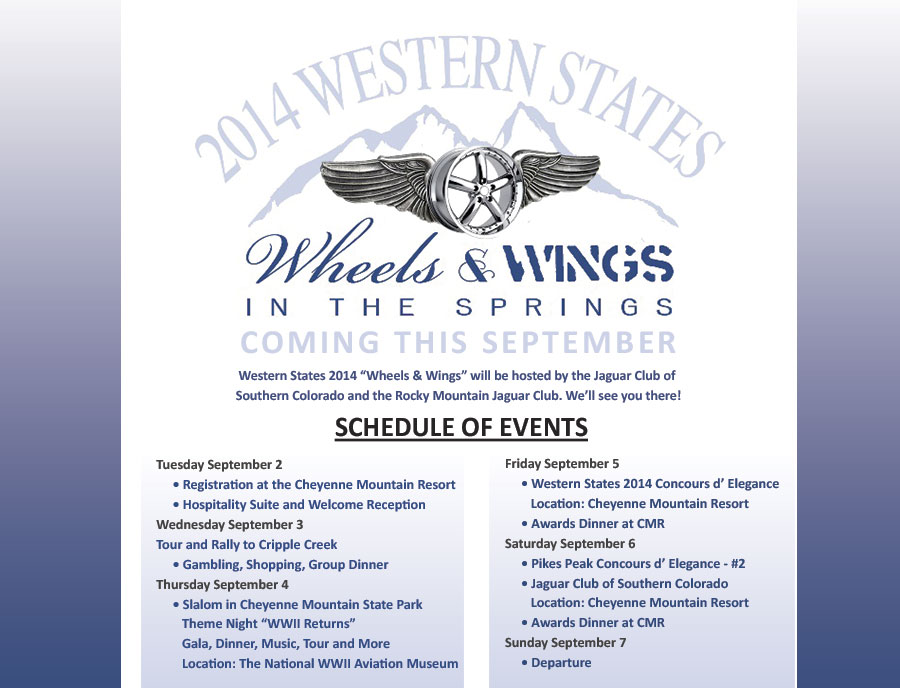
| June 21, 2014 | JCNA Judges Training at Classic Showcase • Oceanside, CA Classic Showcase will host the annual JCNA judges training session in Oceanside, California. The annual training session is for judges to learn about new rules adopted by the AGM, refresh their memories of common JCNA judging rules, and to prepare themselves for the upcoming San Diego Concours. |
|---|---|
|
July 13, 2014 |
San Diego Jaguar Club 50th Annual Concours d’Elegance |
|
August 1-2, 2014 |
Collector cars of Southern CA - Auctions America Sale in Burbank |
| August 12, 2014 | Carmel By The Sea - Concours on the Avenue Sixteen blocks of downtown Carmel-by-the-Sea will showcase over 175 domestic and foreign collector vehicles. |
| August 14-16, 2014 | Mecum in Monterey- Hyatt Regency |
| August 14-17, 2014 | Historic Races in Laguna Seca Described as a museum springing to life, the Rolex Monterey Motorsports Reunion is a cornerstone of the Monterey Peninsula’s Classic Car Week. Approximately 550 vehicles are invited to compete in the world’s premier motoring event, and are accepted based on the car’s authenticity, race provenance and period correctness. This year, the 100th anniversary of the iconic Italian automaker – Maserati – will be the featured marque. |
|
August 15-16, 2014 |
RM Monterey Auction - The Portola Hotel |
| August 15, 2014 | Bonham’s Auction - The Quail Lodge in Carmel
|
| August 15, 2014 | The Quail, A Motorsports Gathering • Quail Lodge & Golf Club, Carmel, California For ten days each August, connoisseurs and enthusiasts from around the world converge on the Monterey Peninsula to celebrate the ultimate in automotive design, engineering and camaraderie among fellow aficionados. The crown jewel in a whirlwind of events is The Quail, A Motorsports Gathering. Since its inception, it has combined a lush setting on a golf course nestled against the Santa Lucia mountain range with exceptional cuisine and the finest examples of vintage sporting automobiles seen during the week. Sponsors provide today's cream-of-the-crop luxury cars to be sampled by guests on local roads, and those who wish can also test their mettle on the Land Rover Experience Driving School off-road course. The event’s worldwide reputation is confirmed by its inclusion as a finalist in the Motoring Event of the Year category for the 2013 International Historic Motoring Awards. |
| August 16-17, 2014 | Gooding's at Pebble Beach Since the 1950s, Pebble Beach has represented the ultimate collector car lover’s destination. Today, enthusiasts from around the world enjoy the complete experience of the spectacular California coast scenery, exclusive Concours and the finest classic cars available. As the official auction house of the famed and prestigious Pebble Beach Concours d’Elegance, Gooding & Company is where leading international collectors seek new additions to their stables. Within Pebble Beach, start the week with our viewing on Wednesday, and continue on to Thursday’s Tour d’Elegance that begins and ends at the Gooding & Company tent. Saturday and Sunday, experience the excitement of the most anticipated auctions of the year. Celebrating our 10 Year Anniversary at Pebble Beach in 2013, Gooding & Company continues to set the bar on a global scale. Consistently setting market leading results, this is an event not to be missed. |
| August 17, 2014 | Pebble Beach Concours The annual Pebble Beach Automotive Weekend reaches its climax with the Pebble Beach Concours d’Elegance, where the automobiles compete to be named “The Best of the Best.” The Concours is not a contest of speed, but of excellence. Automobiles and motorcycles are judged for their historical accuracy, their technical merit and their style—and the best garner reward and recognition. |
| August 27-31st, 2014 | Auburn Fall- Auctions America Sale |
| September 2-6, 2014 | Western States 2014
|
| September 13, 2014 | Virginia Jaguar Club 2014 Concours The Virginia Jaguar Club 2014 Concours will be held on Saturday Sept 13 in the Williamsburg-style ambience of the Wyndham Virginia Crossings resort. This year we will integrate our Concours with the CVBCC "Classics on the Green" event held the same weekend. The Crossings will be the host hotel for both events. We will have a Concours "meet and greet" reception in the Crossings patio on Friday evening. The VJC Concours will be held from 10 am to 2 pm in the Crossings courtyard where we held the 2013 Challenge, followed by a poolside awards ceremony at 4 pm. Concours participants will be able to participate in all CVBCC activities including the Saturday evening dinner dance and the superb car show on Sunday at the New Kent winery, the rally and other on-site and off-site activities. |
September 20, 2014 |
Dana Point Concours |
| October 5, 2014 | 2nd Annual Jaguar Jamboree |





© 2012 CLASSIC SHOWCASE, INC., All rights reserved. |


